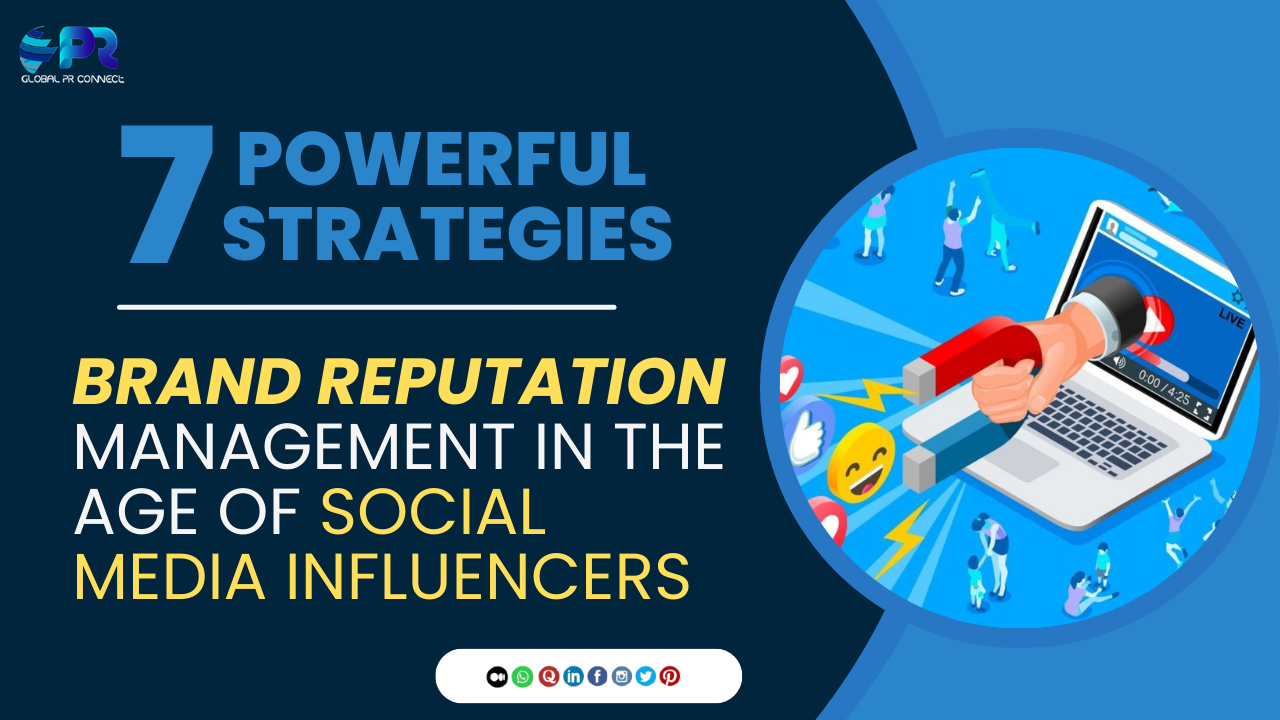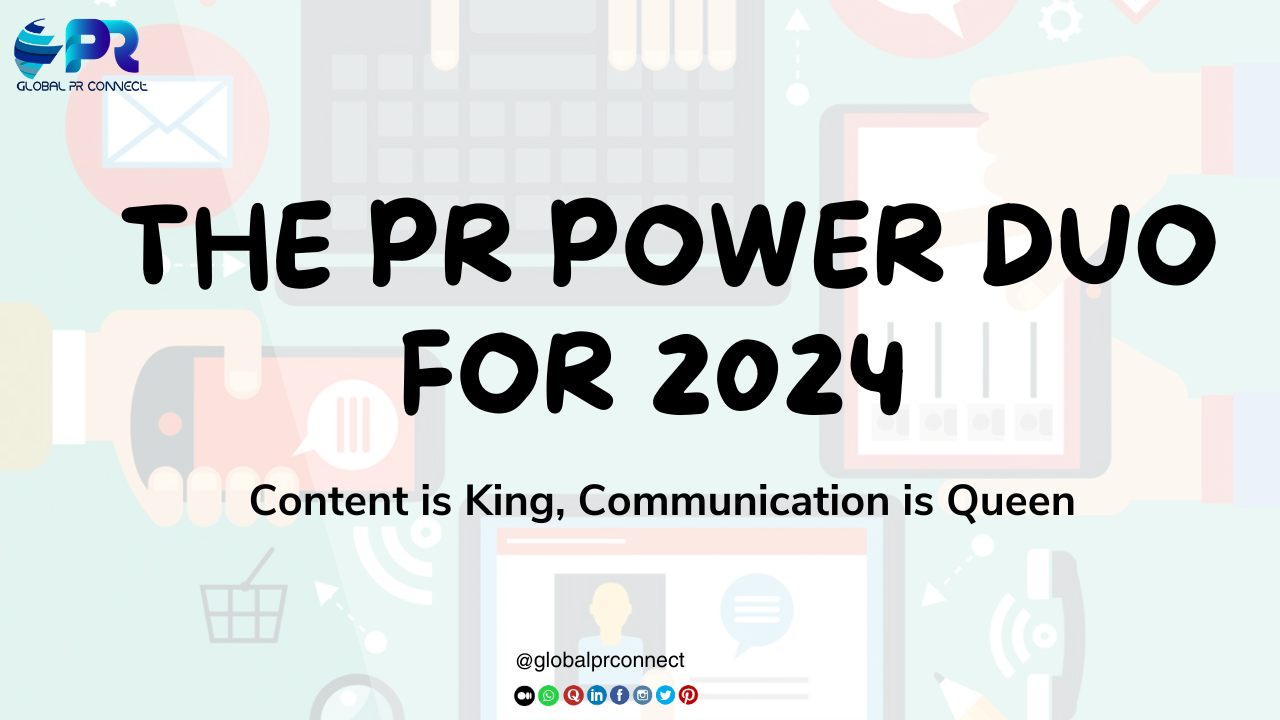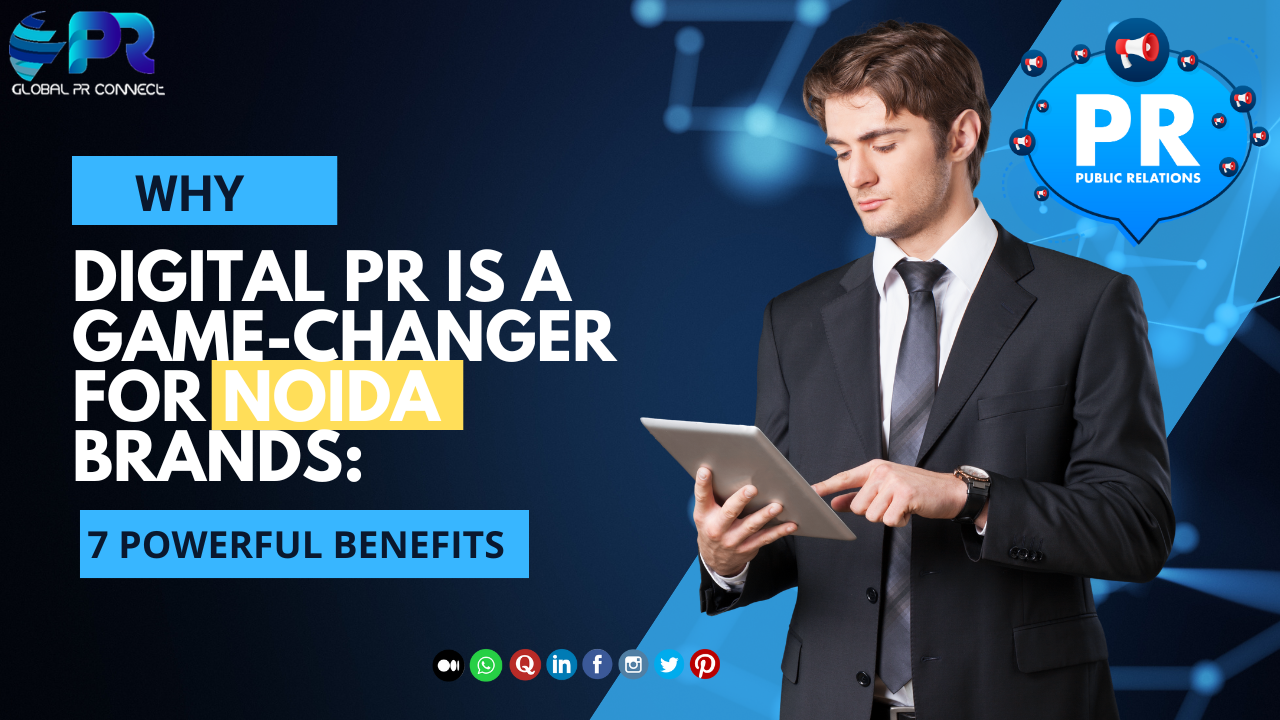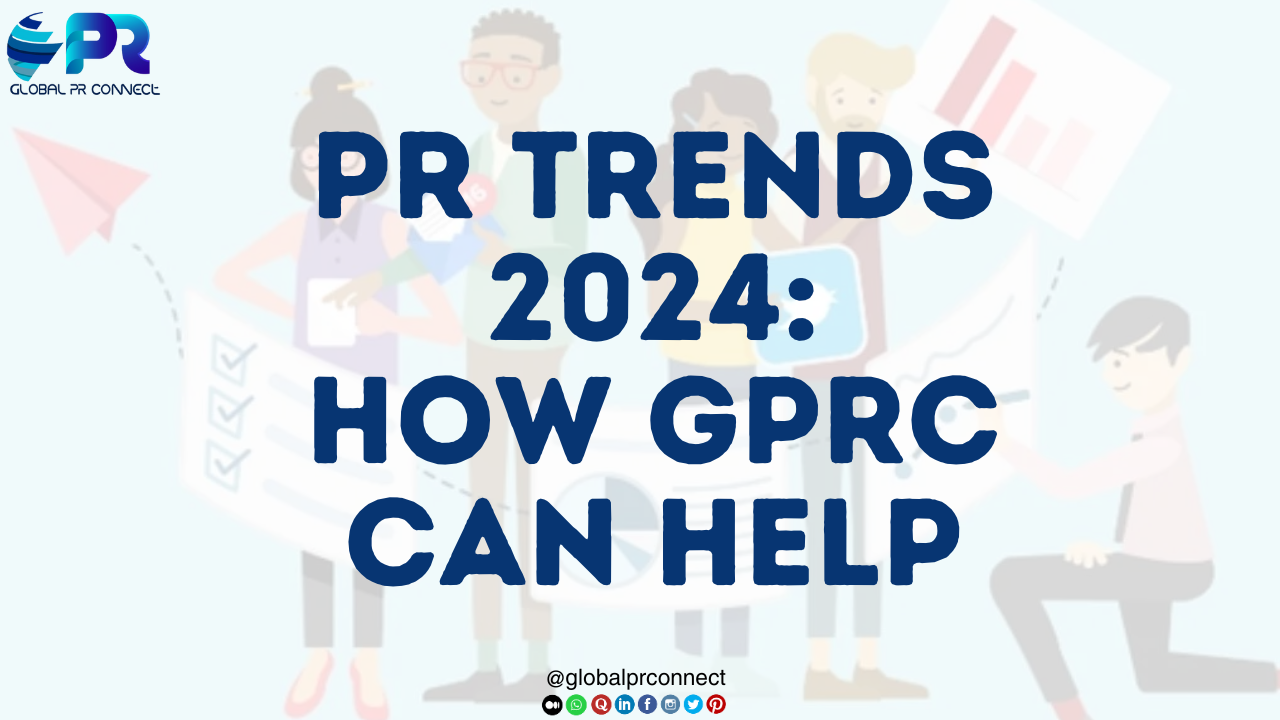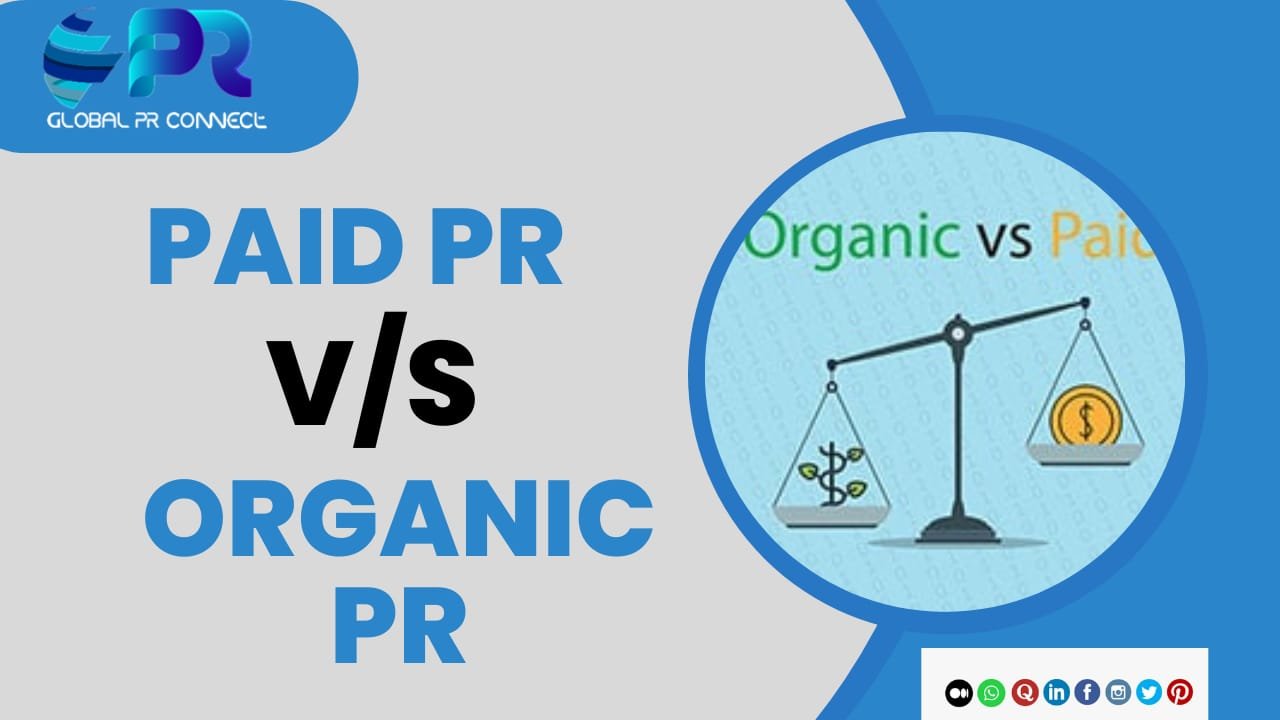Brand Reputation Management in the Age of Social Media Influencers: 7 Powerful Strategies
Brand reputation is everything in today’s digital age, and for brands, working with the right influencers means that it could be the difference between a great deal of acclaim and a PR nightmare. At Global PR Connect, the largest PR agency in Noida, we know the nuances of reputation management in the age of social media influencers. Brand reputation management now takes on a form of an art and science with the rise of digital platforms and influencer marketing. This article explores some of the key strategies that help brands to maintain a healthy reputation amid the mayhem of social media influencers. The Power of Influencers in Brand Reputation When influencers have something to believe in, they become incredibly powerful – devoted followers who place their trust into the influencer’s words. The authentic experience sharing of an influencer with a brand creates credibility and helps shape a positive brand image. However, a risk lies in the potential fact that influencers frequently work independently and might not always reflect the values or even reputation goals that a brand wants to maintain for itself. To navigate this landscape, PR firms like Global PR Connect seek to match a brand with influencers whose values, audience, and messaging resonate in line with the brand identity. A strategic relationship ensures that influencer campaigns are effective but also good for the long-term reputation of the brand. Key Strategies in Reputation Management through Influencers These are some effective strategies that Global PR Connect offers to brands to ensure reputation over influencer partnerships: 1. Identify the right influencer who resonates with the values of your brand. The importance lies in the choice of influencers. Brands need to communicate their own values to the right influencers who could match with their target audience. Global PR Connect analyzes the potential influencer based on the posts they have made so far, the demographic composition of the audience, levels of engagement, and, most importantly, the notoriety that might characterize such influencers. This ensures that the chances of minimization of risks are maximized and an affirmative association with a brand is possible. 2. Set guidelines and standards Influencers are independent content creators but in brand collaborations. Guidelines and expectations must be set, though. These include the tone of the message and mentions of branding, topics to be steered clear of, among others. At Global PR Connect, we set detailed guidelines with influencers so that each campaign must present the brand image to the best to be as professional and precise as possible. Such a framework enables influencers to know the brand standards and grants them the freedom to take action to work for it. 3. Encourage Authentic Storytelling Audiences love influencers who are authentic and transparent. Rather than over-scripted ads, audiences love an authentic testimonial. At Global PR Connect, we encourage the influencer to document their real experience with the brand, making it more natural to the content. In our belief, authenticity breeds trust, and trust ultimately breeds a stronger connection from the brand to its audience. 4. Monitor Influencer Content for Brand Alignment Putting up an influencer collaboration is not the end in maintaining the brand reputation. We will have to continually track influencer content to uphold the messaging. Global PR Connect has a team in place for reviewing influencer postings and engagements so as to make sure that the brand will be represented in the best possible way. With close tracking of the content, we can easily control possible issues before things get worse. 5. Prepare a Crisis Management Plan Even with the best planning things can go wrong. Influencers may have backlashes or they might post something to unfavorably influence the brand. Global PR Connect anticipates such a scenario through proactive crisis management strategy. This involves writing anticipated responses, training communications spokespeople and having a clear strategy for any fallout. Good crisis plans keep that negative impact from killing the reputation and reassuring people. 6. Continuous Relationship Building Continuous Relationship Building Even the relationships that last long may be more beneficial than one-time relations. Global PR Connect emphasizes continuous building of relationships with influencers who are purveyors of excellent values of the brand. Consistent, positive partnerships help build stronger reputations for brands and ensure that influencers are vested in the success of the brand. 7. Leverage Analytics to Track Impact Global PR Connect monitors the effectiveness and reach of the partnerships with the influencers to the brand’s reputation through analytics. Success in an influencer may be measured through engagement rates, sentiment analysis, and audience feedback regarding a certain interaction that could contribute positively to a brand image. All collaborations will be relevant to the reputation goals of the brand in using this data-driven approach. Brand reputation management through social media influencers requires new age management, a balance of authenticity, monitoring, and crisis preparedness. As influencers form a crucial part of what public opinion is, it makes PR agencies in Noida focus on aligning brand values, having clear guidelines, and tracking the impact of campaigns. In a world where every post, every mention can influence public opinion, Global PR Connect stands ready to help brands build and maintain a reputation they can be proud of by partnering thoughtfully with influencers and taking proactive steps to manage reputation. Read more:https://globalprconnect.com/media-relationships-in-digital-journalism/ For in-depth discussions and thought-provoking content, check out our Medium page. Join us in exploring the evolving landscape of public relations! Stay ahead in the PR game — connect with us on LinkedIn for expert insights, industry tips, and trends that matter to your brand! Explore valuable PR resources and articles on our website, designed to keep you informed and help your business grow.
 Skip to content
Skip to content 